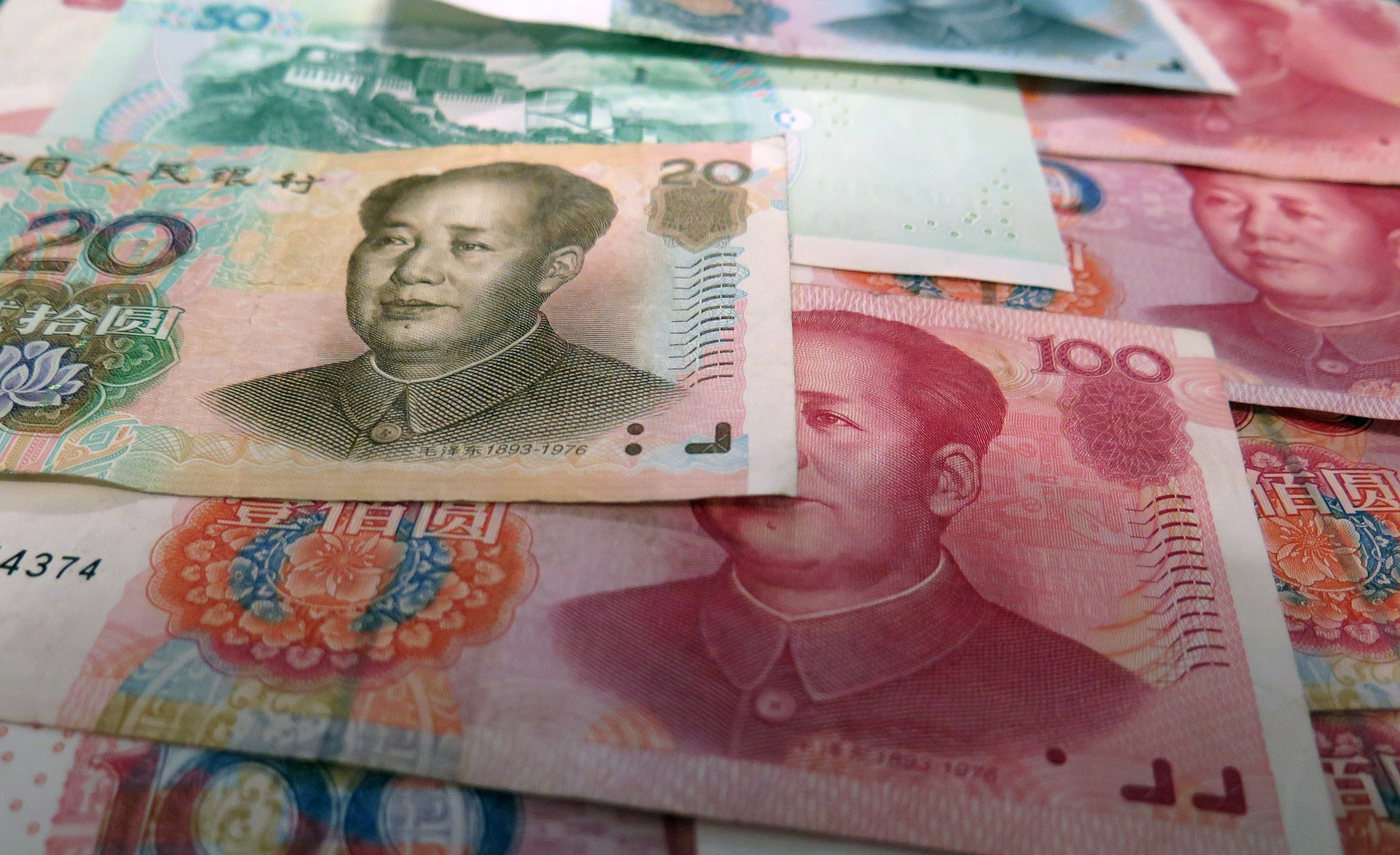
The People’s Republic of China is weaving an ambitious narrative in the vastness of global geopolitics. Its epic enterprise is titled the Belt and Road Initiative (BRI), a grand design reminiscent of the legendary Silk Road, with an intricate interplay of economics, infrastructure, diplomacy, and power politics. Let’s pull the threads of this massive project, attempt to untangle its complexities, and shed light on its impacts and implications.
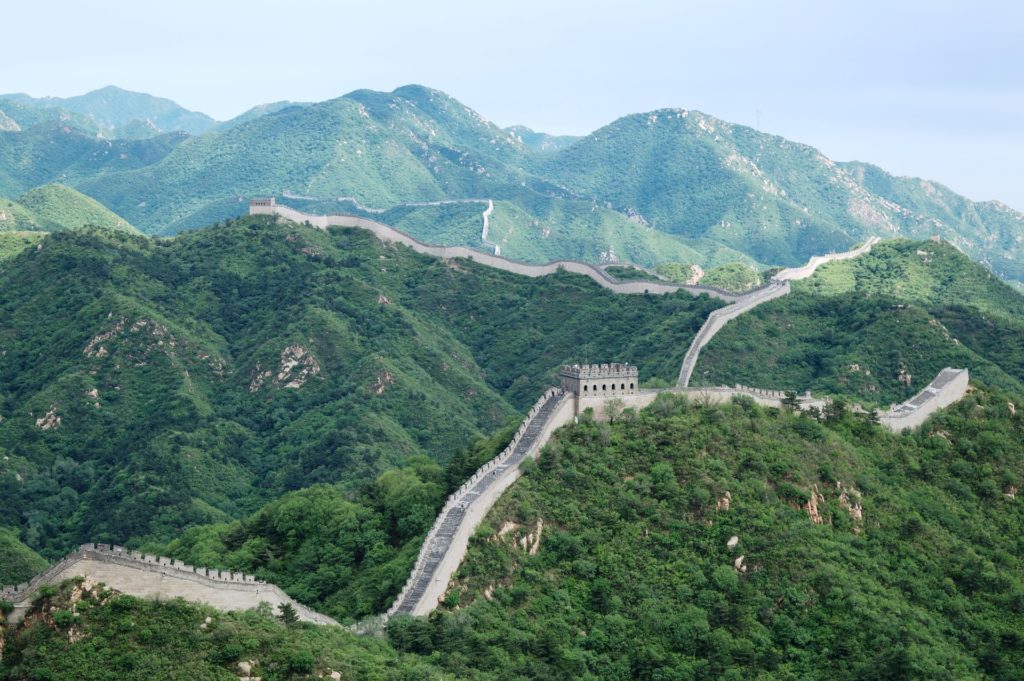
What is the Belt and Road Initiative?
Begun in 2013 by Chinese President Xi Jinping, the Belt and Road Initiative represents an ambitious plan to reshape the global economic landscape. It encompasses two main components: the “Silk Road Economic Belt” – an overland route connecting China through Central Asia to Europe, and the “21st Century Maritime Silk Road” – a sea route connecting China’s southern coast to the Mediterranean via Southeast Asia and Africa.
Picture this: high-speed trains roaring through Eurasian landscapes, superhighways crisscrossing mountains and deserts, colossal ports bustling on the coasts of Asia, Africa, and Europe, all threads of connection orchestrated by Beijing. It’s a revival of the ancient Silk Road in a grand symphony of contemporary globalization.
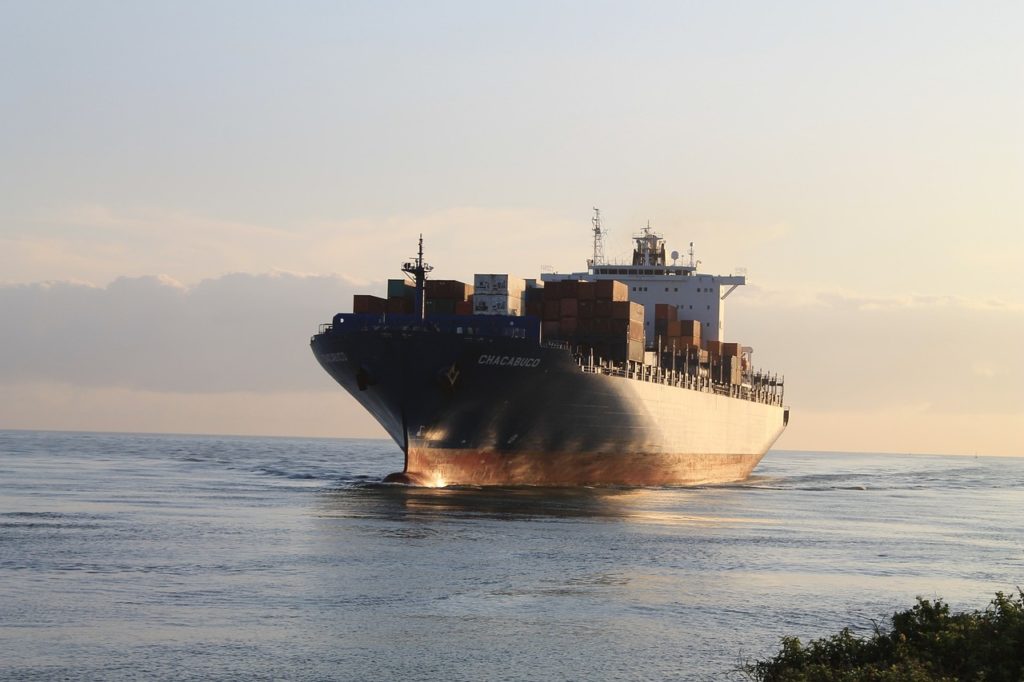
Who Profits from the New Silk Road?
At its core, the BRI serves as a conduit for China to pour immense capital into infrastructure projects in over 60 countries, facilitating new avenues of trade and fostering economic growth. It’s a project that promises mutual prosperity.
The primary beneficiary, of course, is China itself. The BRI provides a platform to channel China’s vast industrial capacity, especially in steel manufacturing and construction areas. Simultaneously, it provides access to new markets for Chinese goods, services, and investment, enhancing China’s economic reach and diplomatic influence.
Developing countries participating in the BRI also benefit from upgraded infrastructure, increased investment, and economic development. For many of these nations, the BRI is a golden ticket to infrastructural advancement they could not have achieved independently.
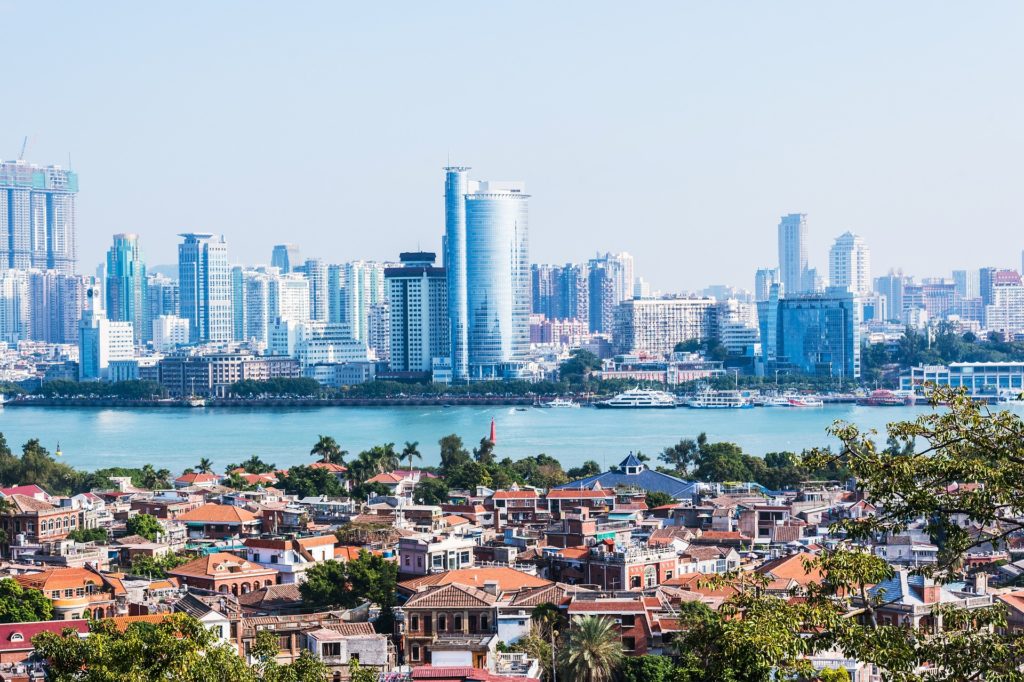
Who Does this Initiative Hurt?
Every coin, however, has two sides. While the BRI promises prosperity, it also presents potential pitfalls and perils.
Several participating countries have fallen into what’s known as “debt-trap diplomacy.” This happens when nations accept loans from the PRC (mainland China) for BRI projects, only to find themselves stuck in unsustainable debt. Sri Lanka’s Hambantota Port serves as a poignant example, where an inability to pay back loans led to a 99-year lease of the port to China, causing alarm about China’s expanding strategic footprint, especially so close to the nation of India.
The BRI has also raised environmental concerns. Massive infrastructure projects can lead to significant environmental degradation and contribute to climate change if not managed sustainably. Critics argue that the BRI’s environmental footprint undermines China’s commitments to fight climate change.
Lastly, the BRI has been criticized for lack of transparency, governance issues, and limited local participation in host countries, often leading to public discontent and social conflict. In many ways, it seems another advancement of Communism’s power by financial means rather than war.
What is the Overall Expected Outcome?
The ultimate outcome of the BRI is still unknown. It’s an evolving narrative with consequences yet to materialize fully.
From China’s perspective, the BRI is expected to elevate its global standing, increasing the global economic tide towards the East. However, the project also exposes China to substantial financial and geopolitical risks, including instability or backlash in partner countries.
For the world, the BRI represents a shift in the global economic and political order. It offers potential opportunities for growth and connectivity but also brings challenges around debt sustainability, environmental protection, and respect for local governance.
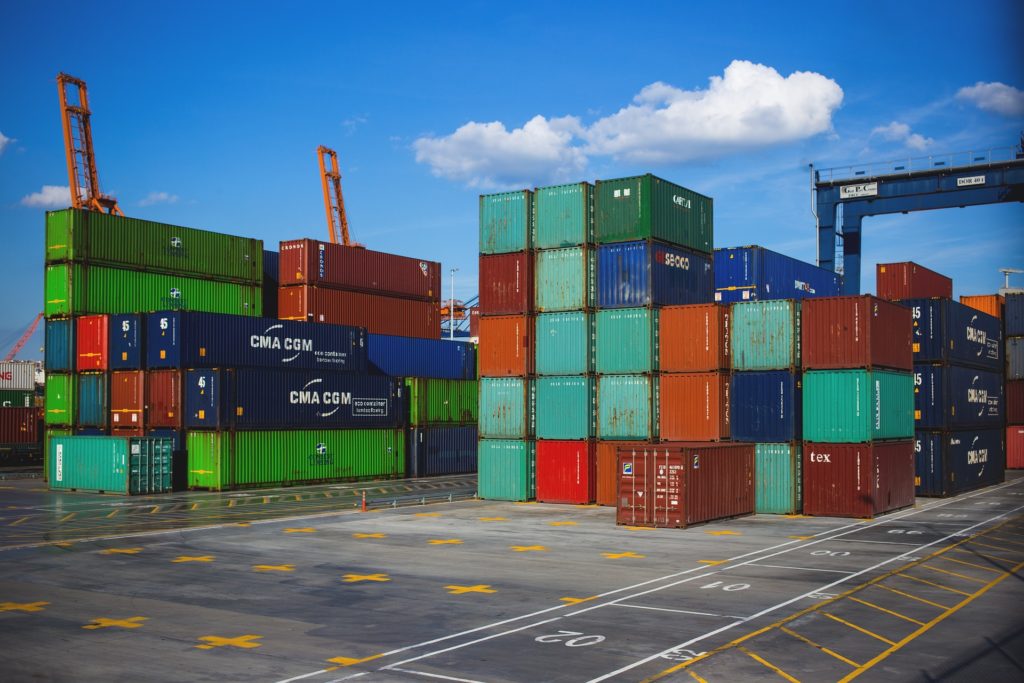
Conclusion
As China continues to weave the Belt and Road narrative, it remains an epic tapestry with multiple dimensions. It is a demonstration of China’s global ambitions and a reflection of its strategies for economic diplomacy. It is a tale of interconnection, globalization, geopolitical power play, and neo-colonial worries.
As the rest of the world examines this evolving masterpiece, nations must decide how to engage with it. They may choose to participate, seeking to reap the benefits while mitigating the risks, or they may opt to tread cautiously, wary of the potential pitfalls.
For now, the Belt and Road Initiative stands as a testament to the complexities of our globalized world, a symbol of the potential for shared prosperity, and a warning of the challenges inherent in such a grand endeavor. As we continue to watch this space, one thing is clear: the Belt and Road Initiative is reshaping the contours of the global economic landscape, making the world a more interconnected – albeit more complex and possibly dangerous – place than ever before.





